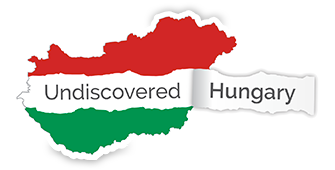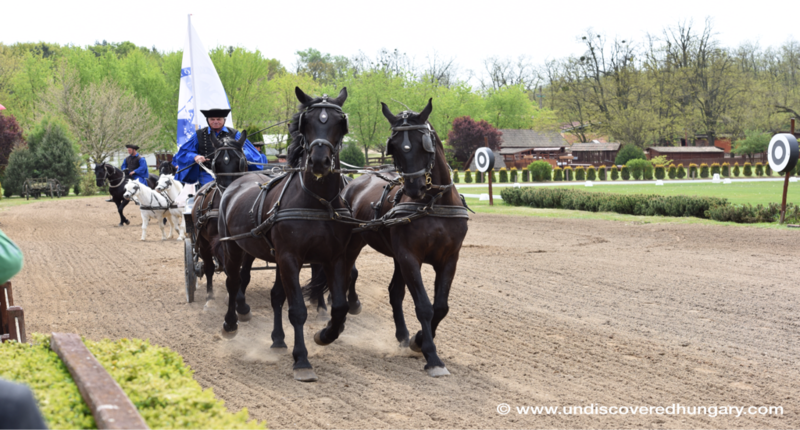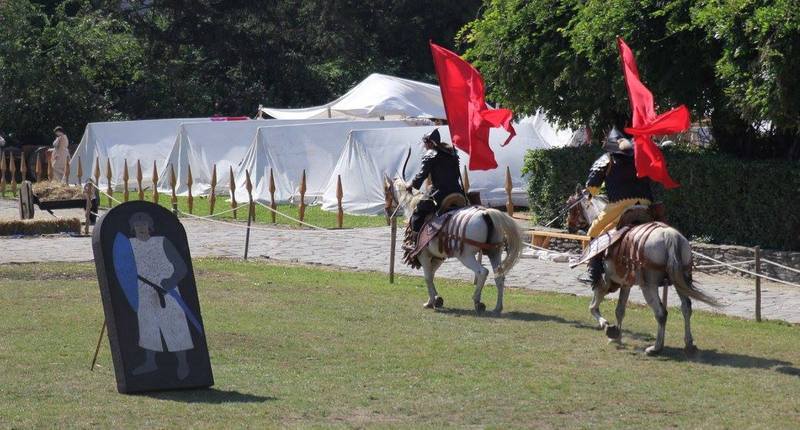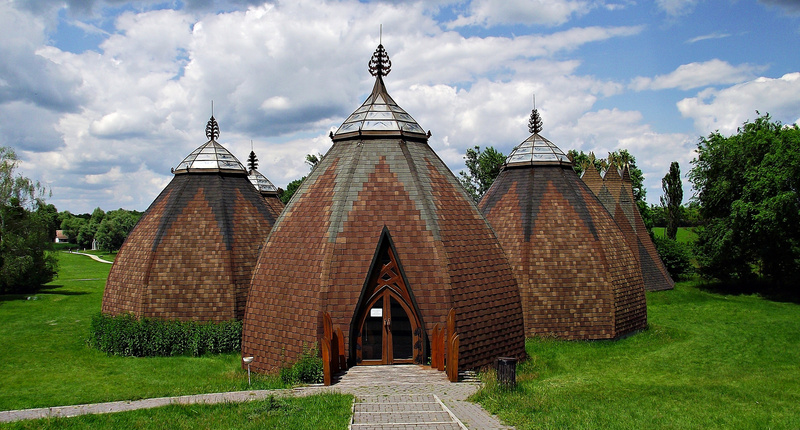Archery in Hungary
The lifestyle of the early Magyar, (the name by which Hungarians call themselves), military equipment, military tactics and strategy, political thinking and dress all show similarities with other steppe people and much weaponry and horse-accoutrements have counterparts as far away as Mongolia, Northern China, as well as Persia.
The Old Magyar bow was made of five materials. Softwood; a glue made from fish air-bladders, sinew; horn and bone. The core was shaped to accommodate the grip, two flexible "arms" and two "horns" at the ends of the bow. Some research indicates that the wood was first bent under steam opposite to the direction in which it would eventually be drawn.
The making of such a bow took a long time – even years – due to the need for "curing" the various materials. The Old Magyars valued their bows, which were important to them not only in warfare, but in supplementing their diet by hunting. This can be seen by how much care was taken of the bow. When unstrung, it was placed in a soft leather container slung from the left side of the archer on a belt, and when strung, it was carried in a hard-leather and metal bowcase also on the left side.
The Magyars also looked after their arrows, putting them in a special quiver, (tegez) which could be closed against the weather. This was also worn on the right side, with the arrowheads pointing upwards.
Thanks to the world famous Hungarian master bower Kassai Lajos the steppe culture of horsemen is under revival. He founded modern horseback archery, plus won all the competitions until now and managed to set up five Guinness world records by being able to do horseback archery on changed horses, without stopping for 24 hours. At Kassai Valley he created the modern age horseback archery school in Kaposmero, about 60 km south of the Lake Balaton. You have to book in to visit.



